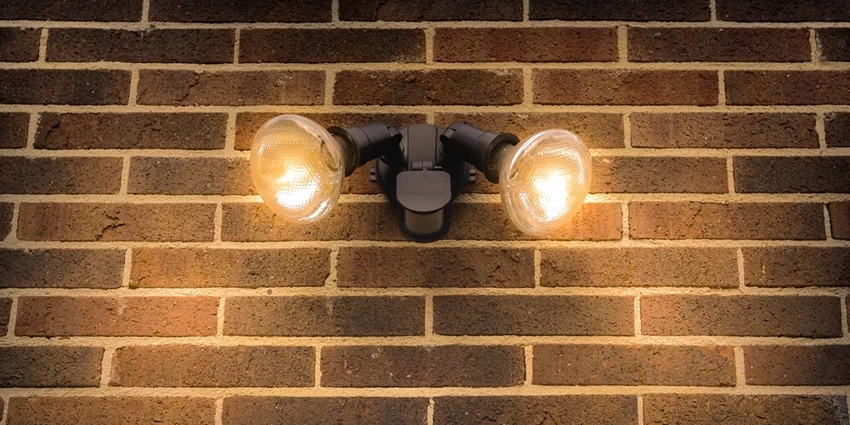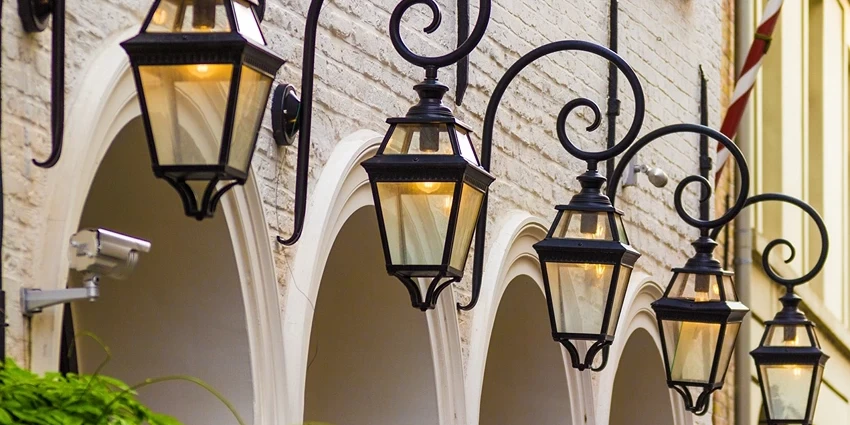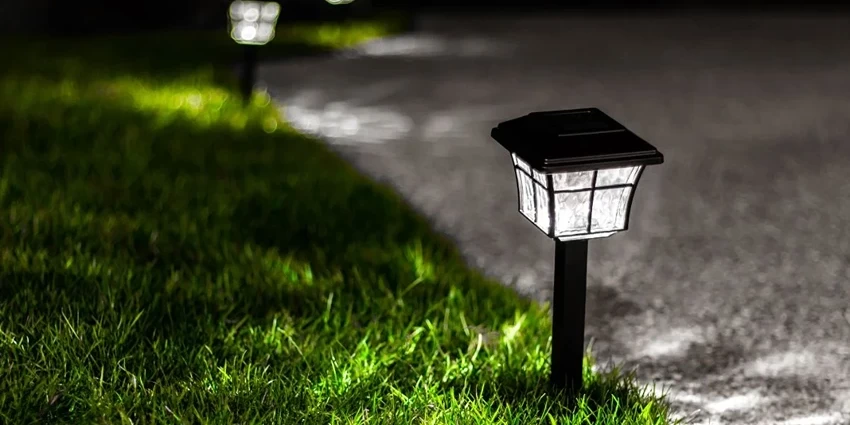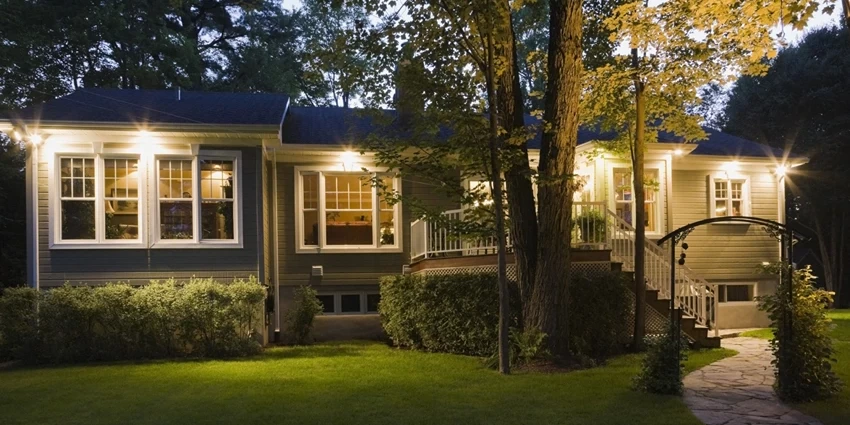All products were chosen independently by our editorial team. This review contains affiliate links and we may receive a commission for purchases made. Please read our affiliates FAQ page to find out more.
Home » Outdoor Lights » Understanding Motion Sensor Lights
In today’s fast-paced world, where efficiency and security are paramount, motion sensor lights have emerged as a cornerstone of smart home technology in the United Kingdom. These innovative lighting solutions not only enhance home security but also promote energy efficiency, making them a must-have in every modern household. But what exactly are motion sensor lights, and how do they work? This article delves deep into the world of motion sensor lights, exploring their types, features, installation best practices, and much more, to give you a thorough understanding of this transformative technology.
Key Takeaways
- Motion sensor lights are pivotal for home security and energy efficiency.
- Understanding the types of motion sensors can help you choose the right one for your needs.
- Features like detection range, brightness, and power source are crucial when purchasing motion sensor lights.
- Proper installation and maintenance ensure longevity and effectiveness of your motion sensor lights.
Motion sensor lights detect movement within a specific area, triggering illumination when someone passes by. This functionality not only deters potential intruders but also provides convenience by lighting up spaces as needed, without the need to manually switch lights on and off. Let’s explore the intricacies of motion sensor lights and how they can be integrated into your home in the UK.
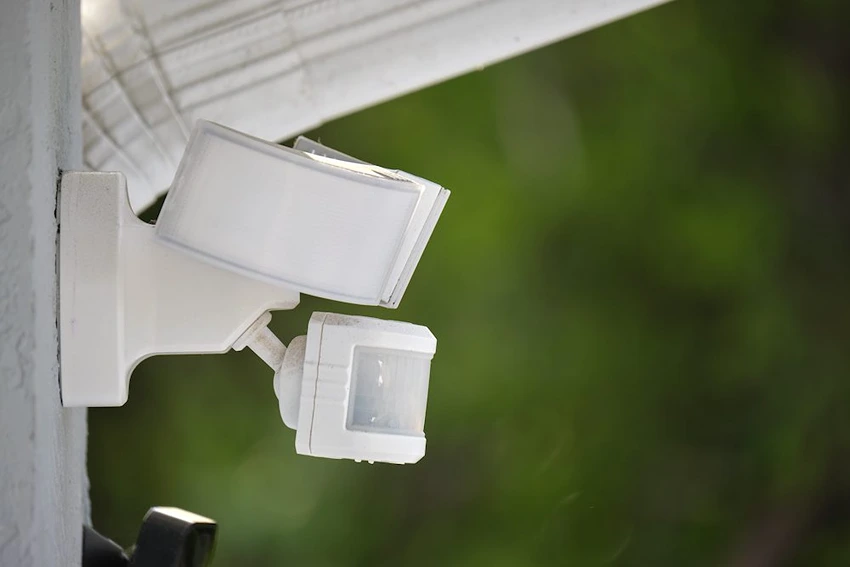
Types of Motion Sensor Lights
Motion sensor technology varies, with each type offering unique benefits. Understanding these can help you select the most suitable option for your home.
Infrared Passive (PIR)
The most common type found in residential settings, PIR sensors detect body heat. They are energy-efficient and less likely to be triggered by small animals, making them ideal for home use.
Microwave
These sensors emit microwave pulses and measure the reflection off moving objects. While they cover a larger area than PIR sensors, they are more prone to false alarms due to their sensitivity.
Dual Technology Sensors
Combining PIR and microwave technologies, these sensors reduce false alarms. They only trigger the light when both sensors detect presence, offering a balanced solution for security and efficiency.
Table 1: Comparison of Motion Sensor Types
| Sensor Type | Coverage Area | Sensitivity | Best For |
| Infrared Passive | Medium | Low | Residential, Indoor |
| Microwave | Large | High | Commercial, Outdoor |
| Dual Technology | Medium-Large | Moderate | Mixed Use, High Traffic |
Features to Consider When Buying Motion Sensor Lights
When shopping for motion sensor lights in the UK, several features stand out as particularly important.
Detection Range and Angle
The detection range and angle determine how far and wide the sensor can detect movement. A larger range and wider angle are preferable for outdoor use to cover more ground.
Lighting Brightness (Lumens)
Brightness, measured in lumens, is crucial for the effectiveness of motion sensor lights. Outdoor lights require more lumens to illuminate larger areas adequately.
Power Source (Battery, Solar, Hardwired)
The power source affects installation flexibility and maintenance. Solar-powered lights offer ease of installation without the need for wiring, while hardwired options are more reliable and suitable for high-traffic areas.
Weather Resistance for Outdoor Use
In the UK’s variable climate, choosing weather-resistant lights is essential. Look for lights rated for outdoor use to ensure durability against rain, wind, and temperature fluctuations.
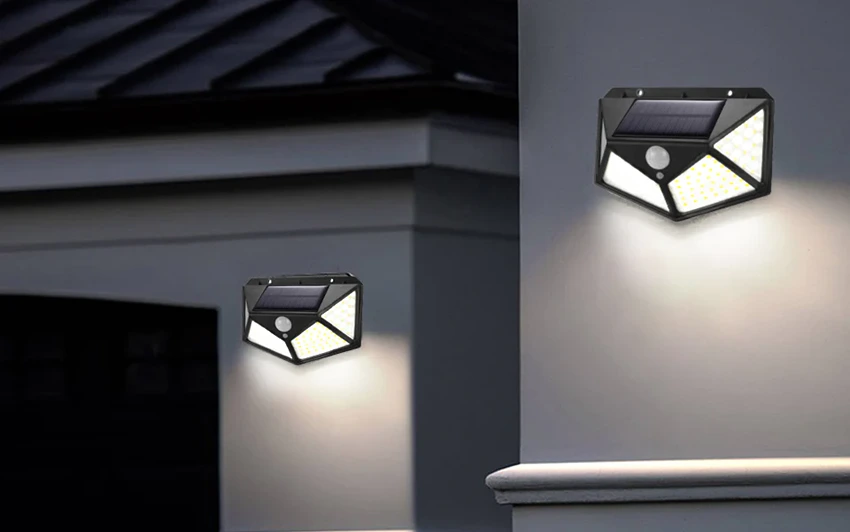
Table 2: Key Features to Look for in Motion Sensor Lights
| Feature | Importance | Notes |
| Detection Range | High | Longer ranges are better for outdoor use |
| Lighting Brightness | High | Measured in lumens; more is better |
| Power Source | Medium | Consider installation flexibility |
| Weather Resistance | High | Essential for the UK climate |
Best Practices for Installation
Proper installation is key to maximizing the effectiveness of your motion sensor lights. Here are some tips to get you started:
Optimal Placement
Position your lights at strategic points around your property, such as entryways, walkways, and dark corners. Ensure the sensors face the intended area without obstruction.
Height and Angle for Maximum Efficiency
Mounting your lights at the recommended height (usually between 6 and 10 feet) ensures optimal detection and illumination. Adjust the angle to cover the desired area without pointing directly at neighbors or passing traffic to avoid false triggers.
Avoiding False Triggers
To minimize false alarms, avoid placing sensors near heat sources, such as vents or air conditioning units, and adjust sensitivity settings if available. This ensures your lights activate only when needed, enhancing security and energy efficiency.
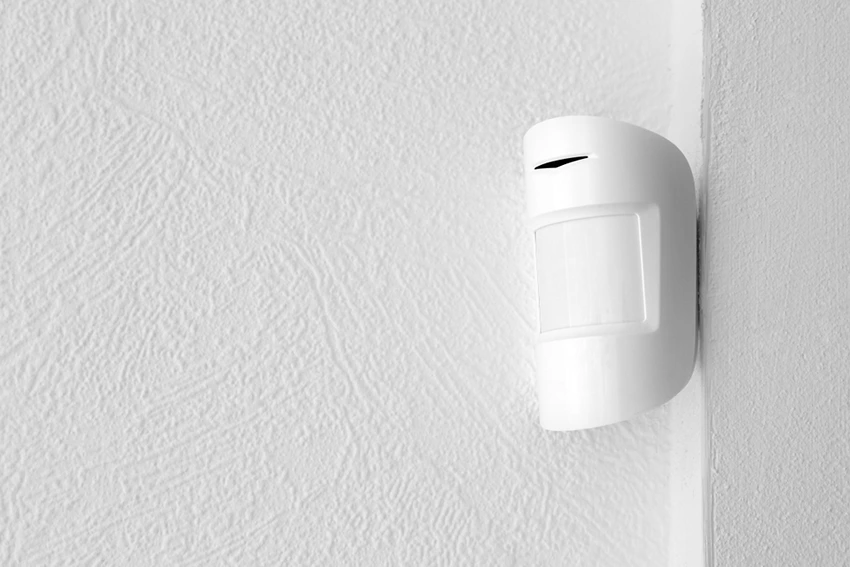
Maintenance and Troubleshooting
Regular maintenance and knowing how to troubleshoot common issues can significantly extend the life of your motion sensor lights and ensure they function as intended.
Routine Maintenance Tips
- Clean the Sensors: Dust and debris can hinder the sensor’s ability to detect motion. Gently clean the sensor’s lens with a soft cloth and mild cleaner.
- Check the Bulbs: Replace bulbs as needed to ensure your lights provide adequate illumination.
- Inspect for Damage: Look for any signs of wear or damage to the light fixtures or wiring, especially after extreme weather conditions.
Common Issues and How to Fix Them
- Light Doesn’t Turn On: Check the power source and bulb. If battery-operated, replace the batteries. For hardwired lights, ensure the circuit breaker is on.
- False Alarms: Adjust the sensitivity settings and reposition the sensor away from potential triggers, such as moving trees or busy streets.
- Light Stays On: This may indicate the sensor is stuck in the “on” position. Resetting the light or adjusting the duration settings can often resolve this issue.
Table 3: Maintenance Checklist
| Task | Frequency | Notes |
| Clean Sensor Lens | Monthly | Use a soft, damp cloth |
| Replace Bulbs | As needed | Check bulb type for compatibility |
| Inspect for Damage | Bi-annually | Especially after harsh weather |
Table 4: Troubleshooting Common Issues
| Issue | Solution |
| Light Doesn’t Turn On | Check power source; replace batteries/bulb |
| False Alarms | Adjust sensitivity; reposition sensor |
| Light Stays On | Reset light; adjust duration settings |
Register for our latest in-depth reviews and product round-ups from the experts.
Enter your email address below to receive our monthly review emails.
By entering your details, you are agreeing to our terms and conditions and privacy policy. You can unsubscribe at any time.
Frequently Asked Questions
Motion sensor lights work by detecting changes in the environment, such as movement, through infrared or microwave technology. When motion is detected, the sensor triggers the light to turn on.
Yes, many motion sensor lights have a daylight sensor that allows them to operate during the day if needed. This feature can usually be adjusted or turned off according to your preferences.
The duration can vary depending on the model and settings. Most motion sensor lights can be adjusted to stay on for anywhere from a few seconds to several minutes after detecting motion.
Yes, motion sensor lights are an effective deterrent against burglars. The sudden illumination upon detecting motion can startle intruders and signal to them that the property is monitored and secure.
Eleanor is the quintessential spirit of the British gardener — passionate, dedicated, and endlessly curious about the natural world. Born and raised amidst the verdant landscapes of the Cotswolds, she developed an early love for the outdoors, often spending hours in the family garden with her hands buried in the soil, nurturing every type of plant she could find.


